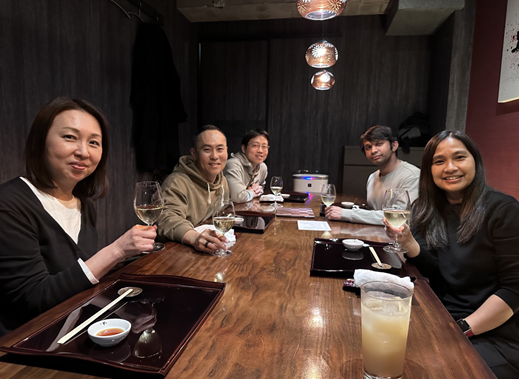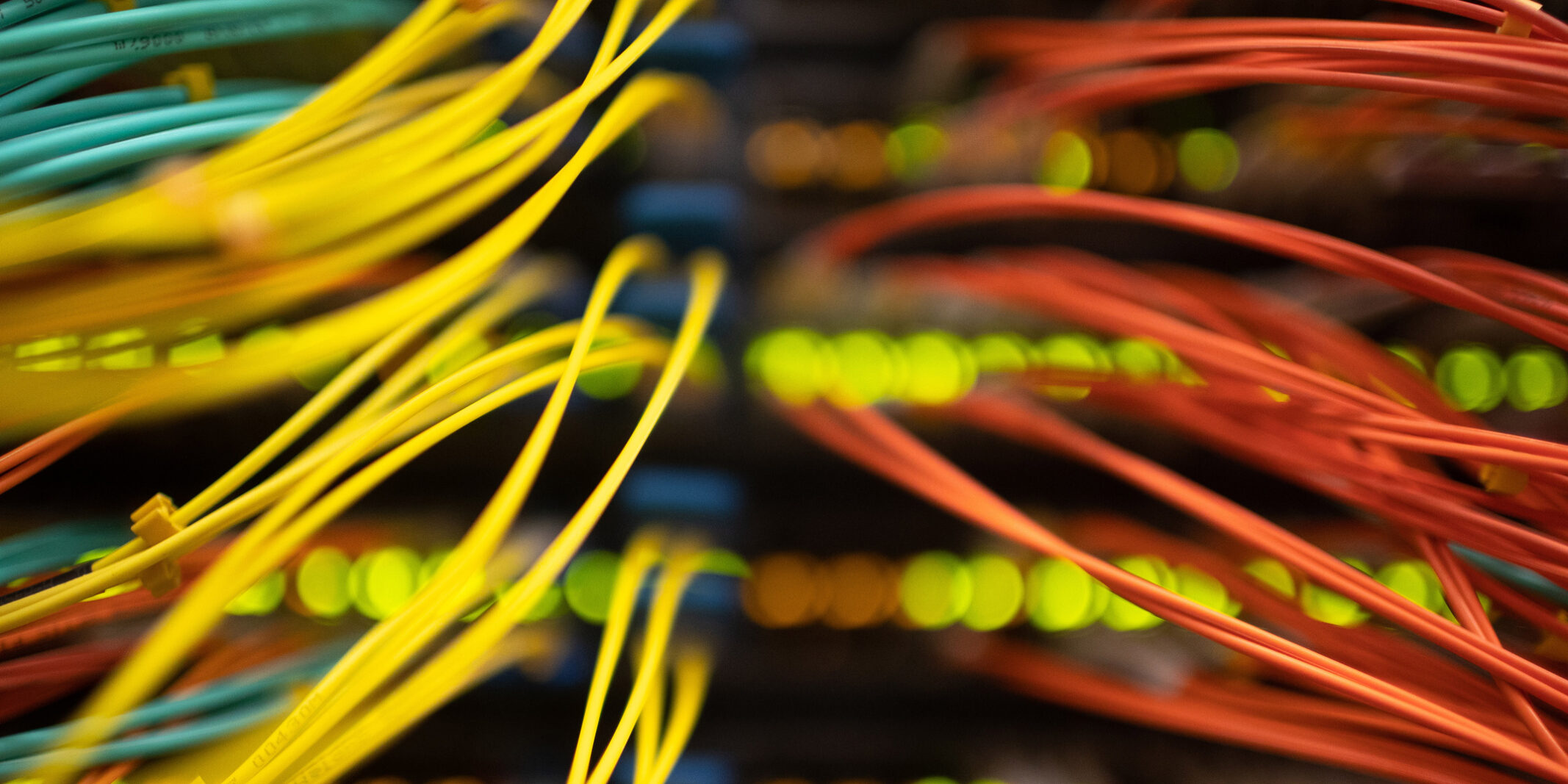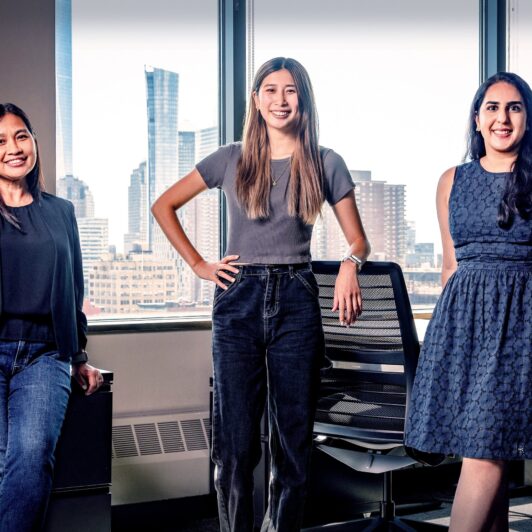In this first edition of Office Hours, a new series that shines a spotlight on Two Sigma’s leadership, senior engineering leader Mae Santos discusses her career journey, the critical values of integrity and collaboration, and her approach to ensuring the reliability of critical systems.
Read on to learn more about her unique approach to navigating the complexities of managing a large engineering team.
Let’s start with the basics. When did you start at Two Sigma, and what have your roles here been?
Five years ago, I started at Two Sigma as the Head of Collaboration and Productivity Engineering, a team that is responsible for providing all employees of Two Sigma with the tools that enable communication and collaboration. Now, I serve as the Head of Critical Applications and Data Reliability Engineering.
What is your team responsible for? What are you building together?
We are a global team of software engineers, reliability engineers, and tech operations professionals. We are responsible for developing tools, automation, and best practices, as well as supporting the company’s most critical applications and data pipelines. Our team is spread across four offices around the world—New York, Houston, London, and Tokyo—to provide round-the-clock support for our global business.
What’s something you feel differentiates you either in your approach to your work or leadership style?
I once heard that you should always lead with your values. The most important value to me is integrity. In a team setting, it’s important to recognize that every person is unique, to understand what each person can bring to the table, and then to leverage those strengths. I also believe a good leader needs to have the courage to make decisions. There is a time to disagree, but once a decision is made, you have to commit to what needs to happen.
I think one of my strengths is to see the big picture and be able work towards that, while delivering in small increments. Finally, I think having resilience is an essential trait in a good leader.
At a high level, what are the keys to ensuring reliability of critical applications and data?
Reliability is often an afterthought when building applications, with functionality and features usually getting higher priority. Ideally, reliability should be considered from the start. Along with figuring out what you want your product or application to do, incorporating reliability principles into the design is essential. Not everything needs to be implemented at the same time as the application’s features, but designing with reliability in mind allows for enhancements without needing a complete rewrite.
Defining reliability goals is crucial, particularly for Availability, Observability, Scalability, and Supportability. Setting goals for each of these areas will guide the architecture and design of your system.
Establishing standards and best practices is important for developing a cohesive ecosystem. Identifying dependencies is also key, as most systems don’t operate in isolation. Understanding the interconnections across systems, infrastructure, data, people, and processes will influence how you design, build, maintain, and support your product.
Finally, it helps to consider automating wherever possible. This can make systems more reliable by reducing human error, and also speed up both the delivery and support processes.
How does your background—educational, intellectual, or otherwise—inform your work at Two Sigma or the approach you take with projects?
I was born and raised in the Philippines, where I earned my degree in Computer Science from the University of the Philippines at Los Baños. After working there for a couple of years, I left the country. My journey included a brief four-month stint in Italy before moving to New York. Arriving in New York with only a few acquaintances, I had to learn how to adapt to a new country and culture, make new friends, and navigate an entirely new life.
I’ve been very fortunate to work across various industries and roles within the tech space. At the start of my career, roles were not as specialized as they are today, which allowed me to gain experience in everything from coding, testing, and systems administration to networks, product management, user training, performance management, architecture, strategy, and planning.
Along with learning about different technologies along the way, my career journey has given me a broad perspective that is very useful, especially when delivering large projects. It’s very interesting to see how technology can be applied across different industries, understanding which aspects are transferable and which are not. I’ve also learned different approaches to achieving goals, the importance of listening and learning from teammates and partners, how to prioritize tasks, and when to be conservative or take risks.
What was the latest rabbit hole you went down? What about that topic captured your attention?
The latest rabbit hole I went down was about Japan—the food, the culture. As I was preparing to visit our Tokyo office recently, I wanted to figure out what to do while I was there. As far as food goes, my daughter adores this sweet Japanese bread known as melonpan. So, I ended up trying melonpan from various places. In my humble opinion, the best one was from a stall near the Sensoji shrine.

Learn more
Interested in working at Two Sigma? Check out our Careers page.






